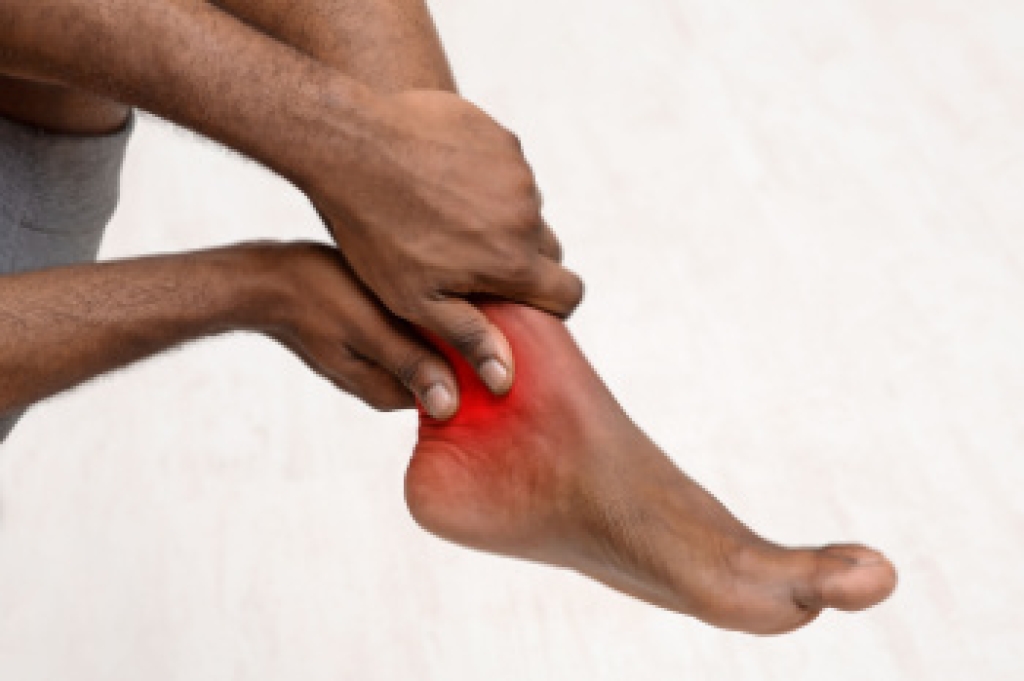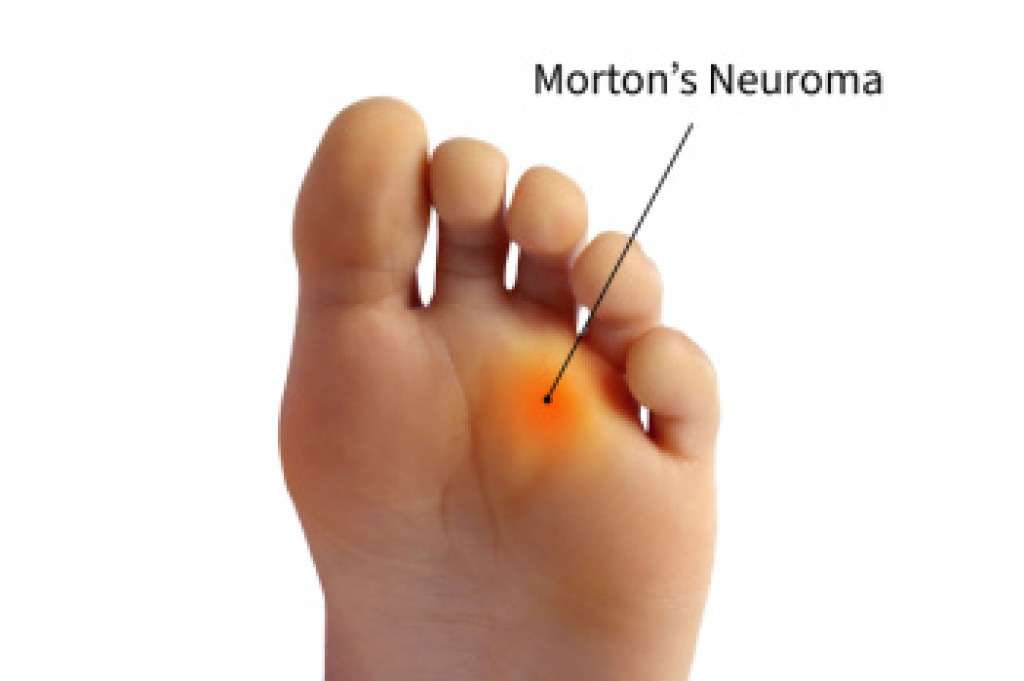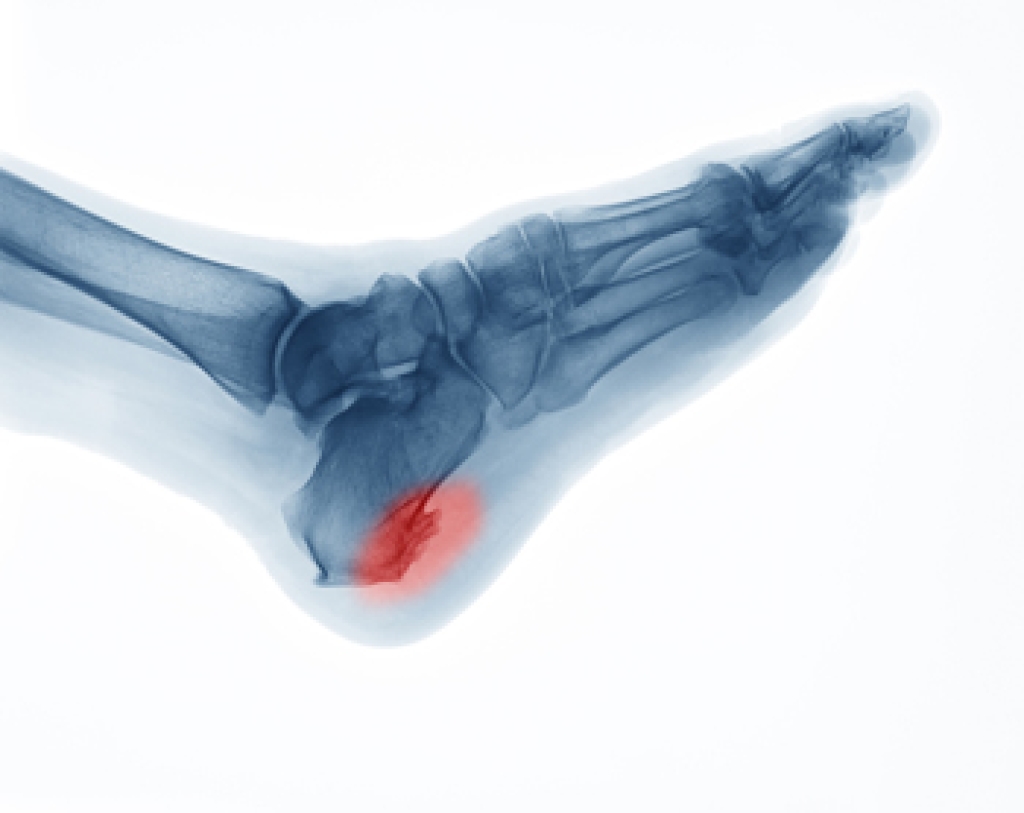Blog
Foot and Ankle Joints Affected by Rheumatoid Arthritis

Rheumatoid arthritis can cause painful inflammation in the joints of the feet and ankles, making daily movement difficult. Rheumatoid arthritis, or RA, occurs when the immune system attacks the lining of the joints. It leads to stiffness, swelling, and warmth in areas, such as the toes, midfoot, or ankle. The joints most often affected include the metatarsophalangeal, or MTP, joints at the base of the toes, the subtalar joint beneath the heel, and the ankle joint where the foot meets the leg. Over time, joint damage can cause deformities. Hammertoes, bunions, nodules, and painful calluses can develop from uneven pressure. Circulation problems may also occur, sometimes causing ulcers or skin changes. A podiatrist can evaluate joint involvement through imaging, prescribe orthotics to redistribute pressure, and recommend surgery when necessary. If you have foot or ankle pain from rheumatoid arthritis, it is suggested that you make an appointment with a podiatrist for a diagnosis and treatment.
Because RA affects more than just your joints, including the joints in your feet and ankles, it is important to seek early diagnosis from your podiatrist if you feel like the pain in your feet might be caused by RA. For more information, contact one of our podiatrists of North Penn Podiatry. Our doctors will assist you with all of your podiatric concerns.
What Is Rheumatoid Arthritis?
Rheumatoid Arthritis (RA) is an autoimmune disorder in which the body’s own immune system attacks the membranes surrounding the joints. Inflammation of the lining and eventually the destruction of the joint’s cartilage and bone occur, causing severe pain and immobility.
Rheumatoid Arthritis of the Feet
Although RA usually attacks multiple bones and joints throughout the entire body, almost 90 percent of cases result in pain in the foot or ankle area.
Symptoms
- Swelling and pain in the feet
- Stiffness in the feet
- Pain on the ball or sole of feet
- Joint shift and deformation
Diagnosis
Quick diagnosis of RA in the feet is important so that the podiatrist can treat the area effectively. Your doctor will ask you about your medical history, occupation, and lifestyle to determine the origin of the condition. Rheumatoid Factor tests help to determine if someone is affected by the disease.
If you have any questions, please feel free to contact our offices located in Lansdale, and King of Prussia, PA . We offer the newest diagnostic and treatment technologies for all your foot care needs.
Causes and Diagnosis of Morton’s Neuroma

Morton’s neuroma is a thickening of tissue surrounding a nerve leading to the toes, most often occurring between the third and fourth toes. This nerve irritation typically develops from repeated pressure or compression in the forefoot. Factors contributing to Morton's neuroma include wearing narrow or high-heeled shoes, spending long hours on the feet, structural deformities like flat feet or bunions, and repetitive impact from running or jumping. Symptoms often involve burning or tingling pain in the ball of the foot, numbness between the toes, or the sensation of stepping on a pebble in the shoe. A podiatrist diagnoses Morton’s neuroma through a physical exam that may involve gently pressing the affected area to reproduce symptoms or using imaging like ultrasound to confirm the nerve thickening. Early diagnosis helps prevent long-term nerve damage and persistent pain. If you have symptoms of Morton’s neuroma, it is suggested that you make an appointment with a podiatrist for a diagnosis and treatment options.
Morton’s neuroma is a very uncomfortable condition to live with. If you think you have Morton’s neuroma, contact one of our podiatrists of North Penn Podiatry. Our doctors will attend to all of your foot care needs and answer any of your related questions.
Morton’s Neuroma
Morton's neuroma is a painful foot condition that commonly affects the areas between the second and third or third and fourth toe, although other areas of the foot are also susceptible. Morton’s neuroma is caused by an inflamed nerve in the foot that is being squeezed and aggravated by surrounding bones.
What Increases the Chances of Having Morton’s Neuroma?
- Ill-fitting high heels or shoes that add pressure to the toe or foot
- Jogging, running or any sport that involves constant impact to the foot
- Flat feet, bunions, and any other foot deformities
Morton’s neuroma is a very treatable condition. Orthotics and shoe inserts can often be used to alleviate the pain on the forefront of the feet. In more severe cases, corticosteroids can also be prescribed. In order to figure out the best treatment for your neuroma, it’s recommended to seek the care of a podiatrist who can diagnose your condition and provide different treatment options.
If you have any questions, please feel free to contact our offices located in Lansdale, and King of Prussia, PA . We offer the newest diagnostic and treatment technologies for all your foot care needs.
Achilles Tendinopathy and Podiatric Relief

Achilles tendinopathy affects the strongest and largest tendon in the body. The Achilles tendon connects the calf muscles to the heel bone. The problem develops when this tendon becomes irritated or degenerates due to overuse, repetitive strain, or sudden increases in physical activity. Common causes include tight calf muscles, wearing poor footwear, flat feet, and excessive running or jumping. Individuals may experience stiffness, swelling, or pain along the back of the ankle that worsens with activity. A podiatrist can assess the severity of the condition, recommend stretching and strengthening exercises, and provide custom orthotics for support. If you have sustained an Achilles tendon injury, it is suggested that you consult a podiatrist who can offer effective relief and treatment solutions.
Achilles tendon injuries need immediate attention to avoid future complications. If you have any concerns, contact one of our podiatrists of North Penn Podiatry. Our doctors can provide the care you need to keep you pain-free and on your feet.
What Is the Achilles Tendon?
The Achilles tendon is a tendon that connects the lower leg muscles and calf to the heel of the foot. It is the strongest tendon in the human body and is essential for making movement possible. Because this tendon is such an integral part of the body, any injuries to it can create immense difficulties and should immediately be presented to a doctor.
What Are the Symptoms of an Achilles Tendon Injury?
There are various types of injuries that can affect the Achilles tendon. The two most common injuries are Achilles tendinitis and ruptures of the tendon.
Achilles Tendinitis Symptoms
- Inflammation
- Dull to severe pain
- Increased blood flow to the tendon
- Thickening of the tendon
Rupture Symptoms
- Extreme pain and swelling in the foot
- Total immobility
Treatment and Prevention
Achilles tendon injuries are diagnosed by a thorough physical evaluation, which can include an MRI. Treatment involves rest, physical therapy, and in some cases, surgery. However, various preventative measures can be taken to avoid these injuries, such as:
- Thorough stretching of the tendon before and after exercise
- Strengthening exercises like calf raises, squats, leg curls, leg extensions, leg raises, lunges, and leg presses
If you have any questions please feel free to contact our offices located in Lansdale, and King of Prussia, PA . We offer the newest diagnostic tools and technology to treat your foot and ankle needs.
What Is a Heel Spur?

A heel spur is a bony calcium deposit that forms between the heel and the arch of the foot, often causing sharp pain, especially when standing or walking. Bone spurs commonly develop due to repetitive strain on the plantar fascia, which is the ligament that connects the heel to the toes. Risk factors include obesity, flat feet, high arches, poor footwear, and activities that place excessive stress on the feet, such as running or prolonged standing. Symptoms may include heel pain, inflammation, and difficulty walking comfortably. A podiatrist can diagnose heel spurs through examination and imaging, provide custom orthotics, recommend stretching and strengthening exercises, and discuss treatment options to relieve pain and restore mobility. If you have heel pain, it is suggested that you consult a podiatrist who can accurately diagnose what may be going on.
Heel spurs can be incredibly painful and sometimes may make you unable to participate in physical activities. To get medical care for your heel spurs, contact one of our podiatrists from North Penn Podiatry. Our doctors will do everything possible to treat your condition.
Heels Spurs
Heel spurs are formed by calcium deposits on the back of the foot where the heel is. This can also be caused by small fragments of bone breaking off one section of the foot, attaching onto the back of the foot. Heel spurs can also be bone growth on the back of the foot and may grow in the direction of the arch of the foot.
Older individuals usually suffer from heel spurs and pain sometimes intensifies with age. One of the main condition's spurs are related to is plantar fasciitis.
Pain
The pain associated with spurs is often because of weight placed on the feet. When someone is walking, their entire weight is concentrated on the feet. Bone spurs then have the tendency to affect other bones and tissues around the foot. As the pain continues, the feet will become tender and sensitive over time.
Treatments
There are many ways to treat heel spurs. If one is suffering from heel spurs in conjunction with pain, there are several methods for healing. Medication, surgery, and herbal care are some options.
If you have any questions, please feel free to contact our offices located in Lansdale, and King of Prussia, PA . We offer the newest diagnostic and treatment technologies for all your foot care needs.

